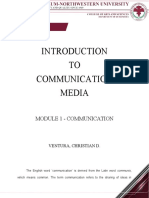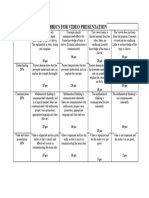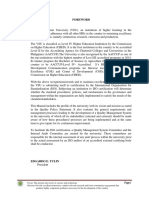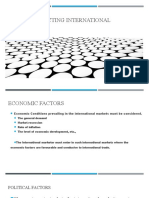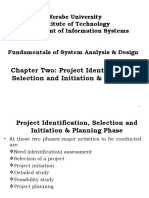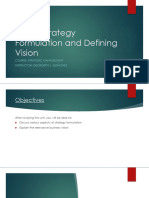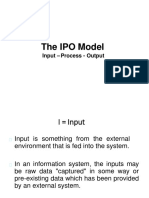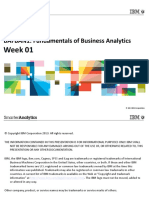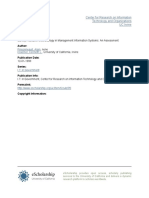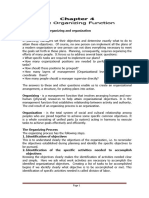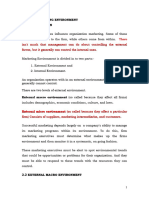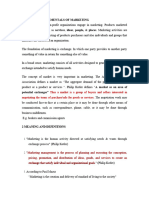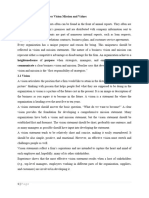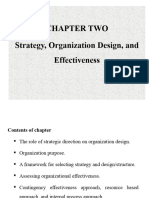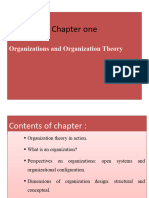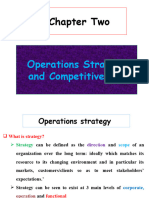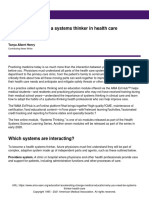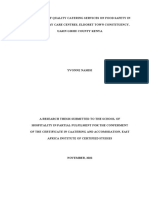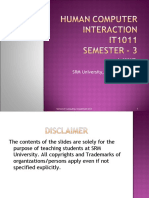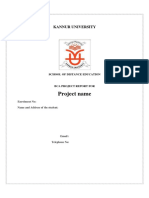0% found this document useful (0 votes)
268 views17 pagesMIS Chapter 5
The chapter discusses knowledge management, including defining knowledge and differentiating it from data and information. It covers sources and types of knowledge, knowledge creation in organizations, benefits of knowledge management, and trends and challenges in implementing knowledge management systems.
Uploaded by
BerhanuTsarikuCopyright
© © All Rights Reserved
We take content rights seriously. If you suspect this is your content, claim it here.
Available Formats
Download as DOC, PDF, TXT or read online on Scribd
0% found this document useful (0 votes)
268 views17 pagesMIS Chapter 5
The chapter discusses knowledge management, including defining knowledge and differentiating it from data and information. It covers sources and types of knowledge, knowledge creation in organizations, benefits of knowledge management, and trends and challenges in implementing knowledge management systems.
Uploaded by
BerhanuTsarikuCopyright
© © All Rights Reserved
We take content rights seriously. If you suspect this is your content, claim it here.
Available Formats
Download as DOC, PDF, TXT or read online on Scribd
/ 17



